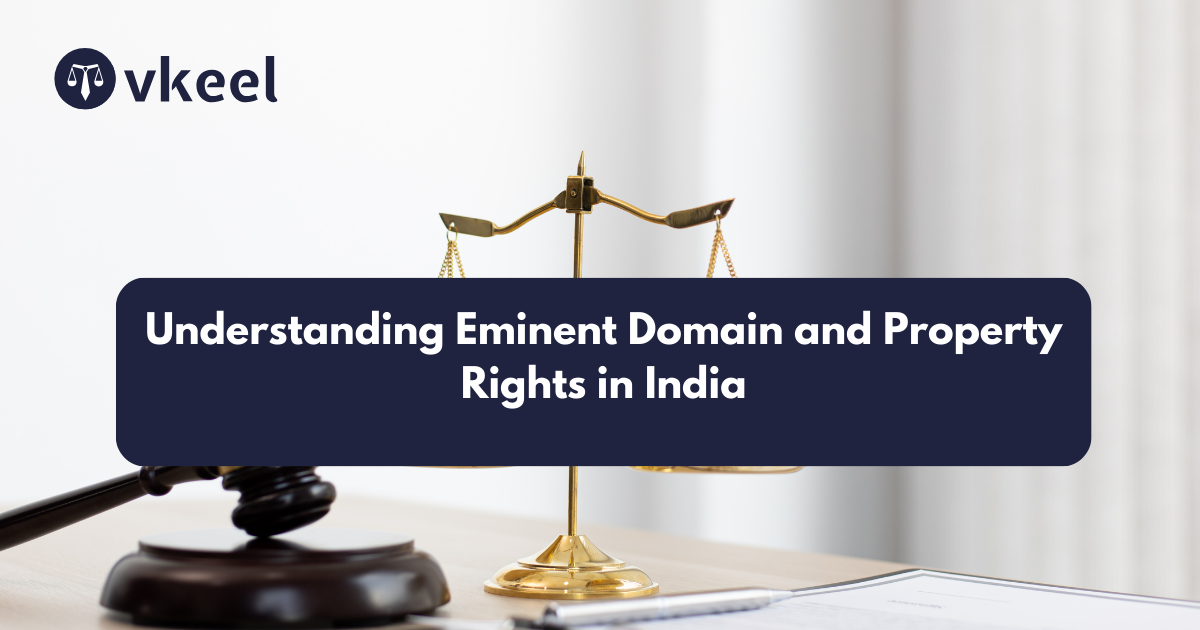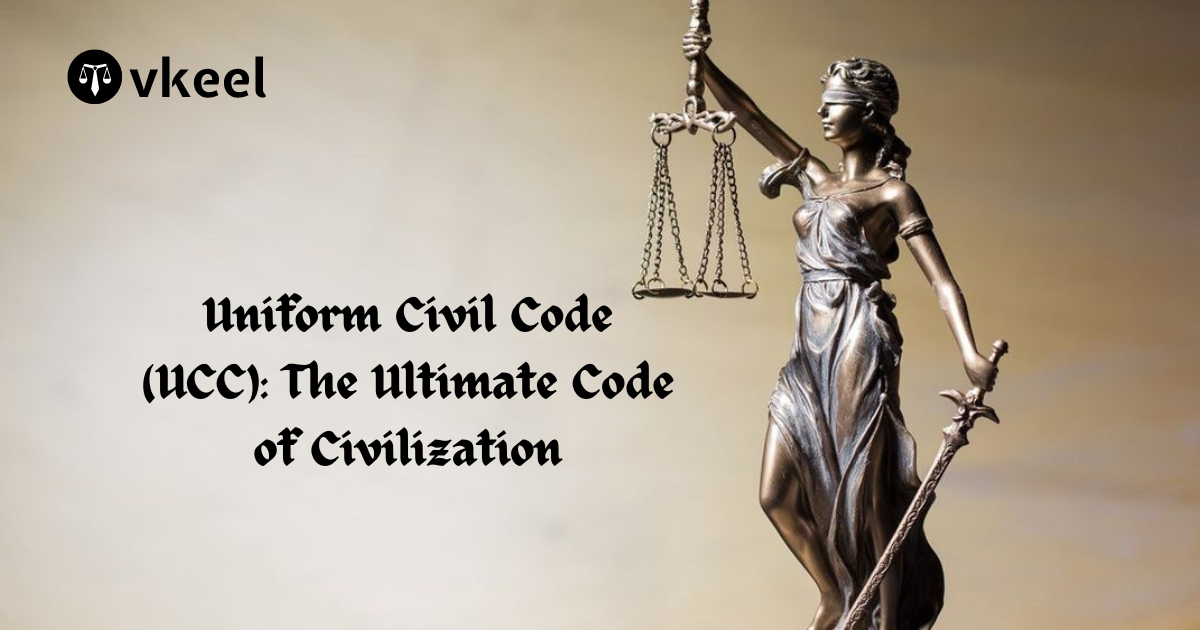Understanding Eminent Domain and Property Rights in India
By Himanshu Kumar
Table of Contents
Introduction
Eminent domain refers to the power of the state to seize private property for public use, with compensation. This concept is deeply intertwined with property rights, which are protected under various legal provisions in India. Balancing the needs of the state to acquire land for public purposes and the rights of individuals to their property has been a contentious issue, leading to significant legal developments and landmark judgments.
The primary reason for understanding eminent domain and property rights in India lies in the need to balance the state’s developmental objectives with the protection of individual property rights. Eminent domain allows the government to acquire private land for public purposes such as infrastructure projects, urban development, and industrialization. However, this power must be exercised judiciously to prevent the arbitrary or unfair seizure of private property, which can lead to significant social and economic upheaval. By comprehending the legal frameworks and principles governing eminent domain, including the requirement of fair compensation and rehabilitation, stakeholders can ensure that land acquisition serves the greater public interest while safeguarding the rights and livelihoods of affected individuals.
Additionally, understanding eminent domain and property rights is crucial for promoting transparency and accountability in the land acquisition process. India has witnessed numerous conflicts and litigations arising from land acquisition disputes, often due to inadequate compensation, lack of proper rehabilitation measures, and insufficient stakeholder consent. By being informed about the legal precedents and amendments, such as those established by landmark cases and the LARR Act of 2013, policymakers, developers, and the public can work towards more equitable and just land acquisition practices. This knowledge not only helps in mitigating conflicts but also fosters trust and cooperation between the state and its citizens, paving the way for sustainable and inclusive development.
Constitutional Framework
The right to property was originally a fundamental right under Article 31 of the Indian Constitution. However, the 44th Amendment Act of 1978 removed the right to property from the list of fundamental rights, making it a constitutional right under Article 300A. This change allows the state to acquire private property, but with certain safeguards and requirements for compensation.
Key Legal Provisions
Land Acquisition Act, 1894
The Land Acquisition Act of 1894 was the primary legislation governing land acquisition in India until 2013. It provided the framework for the state to acquire land for public purposes, but was criticized for being outdated and favoring the state over individual property rights.
Right to Fair Compensation and Transparency in Land Acquisition, Rehabilitation and Resettlement Act, 2013 (LARR Act)
The LARR Act of 2013 replaced the 1894 Act, introducing significant changes to ensure fair compensation, transparency, and rehabilitation for those affected by land acquisition. Key features of the Act include:
- Compensation: Ensuring fair market value compensation to the landowners.
- Rehabilitation and Resettlement: Comprehensive provisions for the rehabilitation and resettlement of affected families.
- Consent: Requirement of consent from affected families for land acquisition in certain cases (80% for private projects and 70% for public-private partnerships).
Landmark Case Laws
Kameshwar Singh v. State of Bihar (1952)
This early case challenged the constitutional validity of the Bihar Land Reforms Act, 1950, which aimed to abolish the zamindari system. The Supreme Court upheld the Act, establishing the principle that laws for land reforms are valid as long as they serve the public interest and provide compensation.
State of West Bengal v. Bela Banerjee (1954)
In this case, the Supreme Court struck down a provision in the West Bengal Land Development and Planning Act, 1948, which allowed the state to acquire land without ensuring compensation that was just and equivalent to the market value. The judgment reinforced the need for fair compensation in land acquisition cases.
R.C. Cooper v. Union of India (1970)
Popularly known as the Bank Nationalization case, this judgment held that the government must ensure that the compensation for property acquired is not illusory. The Court emphasized the principle of equivalent compensation, where the owner is to be paid the market value of the property acquired.
Narmada Bachao Andolan v. Union of India (2000)
This case involved the construction of the Sardar Sarovar Dam on the Narmada River, leading to large-scale displacement. The Supreme Court upheld the project but mandated stringent measures for the rehabilitation and resettlement of displaced persons, highlighting the importance of addressing the socio-economic impacts of land acquisition.
Indore Development Authority v. Manoharlal and Others (2020)
This recent case clarified several aspects of the LARR Act, 2013, including the retrospective application of the Act and the lapsing of land acquisition proceedings under the old Act if compensation was not paid within a specified period. The judgment reinforced the need for timely and fair compensation.
Amendments and Policy Changes
44th Amendment Act, 1978
As mentioned earlier, the 44th Amendment Act of 1978 removed the right to property from the list of fundamental rights and made it a constitutional right under Article 300A. This shift allowed the state greater flexibility in acquiring property but also mandated compensation and adherence to legal procedures.
LARR Act Amendments
Since its enactment, the LARR Act, 2013, has seen several proposed amendments to address practical challenges and streamline the land acquisition process. These amendments aim to balance the needs of development with the protection of property rights, ensuring that affected individuals receive fair compensation and rehabilitation.
Challenges and Criticisms
Despite the robust legal framework, several challenges and criticisms persist in the context of eminent domain and property rights in India:
- Implementation: Effective implementation of the LARR Act remains a significant challenge, with issues related to delays in compensation and rehabilitation.
- Transparency: Ensuring transparency in the land acquisition process is crucial to prevent misuse and protect the rights of property owners.
- Consent: The requirement of consent for certain acquisitions has been contentious, with debates on the balance between public interest and individual rights.
- Social Impact: Addressing the social and economic impacts of displacement, especially for marginalized communities, remains a critical issue.
Conclusion
The concept of eminent domain and property rights in India has evolved significantly over the years, with a shift towards greater protection for property owners and a focus on fair compensation and rehabilitation. Landmark case laws and amendments have played a crucial role in shaping the legal landscape, balancing the needs of development with the rights of individuals. However, challenges remain in the effective implementation of these laws, ensuring transparency, and addressing the social impacts of land acquisition. Moving forward, it is essential to continue refining the legal framework to uphold justice and equity in the context of property rights and eminent domain.
Disclaimer:
The information provided in the article is for general informational purposes only, and is not intended to constitute legal advice or to be relied upon as a substitute for legal advice. Furthermore, any information contained in the article is not guaranteed to be current, complete or accurate. If you require legal advice or representation, you should contact an attorney or law firm directly. We are not responsible for any damages resulting from any reliance on the content of this website.










